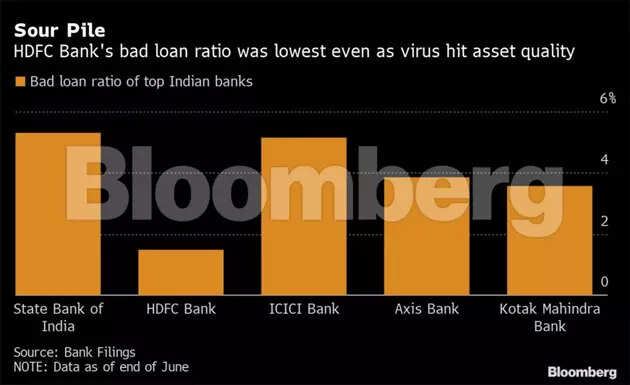Arohan Financial Services Ltd, which has been witnessing a steady improvement in disbursements and collections in the second quarter of this fiscal over Q1, has firmed up expansion plans to grow its portfolio further.
The company, which is looking to expand its footprint in newer geographies and strengthen presence in some of the existing towns and cities, is waiting for its capital raising plan to fructify to push ahead with the expansion programme.
IPO plan
The NBFC-MFI, which is a part of the Aavishkaar Group, had filed draft red herring prospectus for its proposed initial public offer (IPO). It plans to raise around ₹850 crore primary through the issue apart from secondaries.
“Q 1 of 2021-22 especially May’21 was slightly difficult period with the localised lockdowns but we managed well and we will be filing an updated DRHP soon. Q2 is turning out to be much better. We are seeing an increased demand for credit with the festival season round the corner,” Manoj Nambiar, MD, Arohan Financial Services, told BusinessLine.
Arohan currently provides microcredit to borrowers with a focus on underpenetrated States including Assam, Meghalaya,Tripura, Manipur in the North East; West Bengal, Bihar, Jharkhand and Odisha in the east; Madhya Pradesh, Chhatisgarh, Uttar Pradesh & Uttarakhand in central India.
The company plans to expand its presence in three more States including Rajasthan, Punjab and Haryana once its IPO is complete. It also plans to strengthen its presence in Uttar Pradesh and Madhya Pradesh by setting up more branches.
“We had entered UP and MP markets about two years back. Both of these are very big markets and we haven’t yet covered fully. We are also looking to enter newer markets contiguous to our existing operations. Our expansion plan is ready and it will all depend on the raising of additional capital,” he said.
Talking about the overall credit demand in the industry he said, demand is high and all clients are working towards a return to “normalcy” soon as people would require additional credit to restart their business. Credit demand had witnessed a dip in May this year following the regional lockdowns announced in several parts of the country and the slowdown induced by the second wave of Covid. Starting first half of June (when opening up started) things have started showing signs of improvement and each month has been better than the previous one for the industry, he said and added that the credit demand would increase further supported by the requirements of the upcoming festive season.
The company had a total loan outstanding of close to ₹4,800 crore as on March 2021.
Digital push
Arohan has digitalised the entire customer lifecycle and the post sales support touchpoints to enhance its offerings. With a clear focus on being ‘Cashless at the front and Paperless at the back’, the company aims to serve its customers better with limited paper work and in the process also reduce operational cost for both the customers as well as the company. Client origination is paperless and 100 per cent of the disbursements are now into the bank accounts of the client.
It has launched “meraArohan”- an automated lending solution designed to completely digitise the loan lifecycle from end-to-end. It has recently also launched “apnaArohan” app for customers. The app, which is available in regional languages, uses facial recognition to validate the login and helps customers view their loan details, including a complete ledger with details of payments made, call for any service request.
Customers can also make digital payments through the payment gateway provided.
According to Nambiar, an internal study shows that close to 61 per cent of the company’s customers have access to smartphone and close to 40 per cent had done cashless transactions during the Covid pandemic.
Such digitisation initiatives will help the company by ensuring better management of portfolio, better service and reduced time as compared to manual offerings. “The cost benefit will accrue over a period with business growth and better utilisation of the field employee time” he said explaining the rationale behind ramping up its digital offerings.
